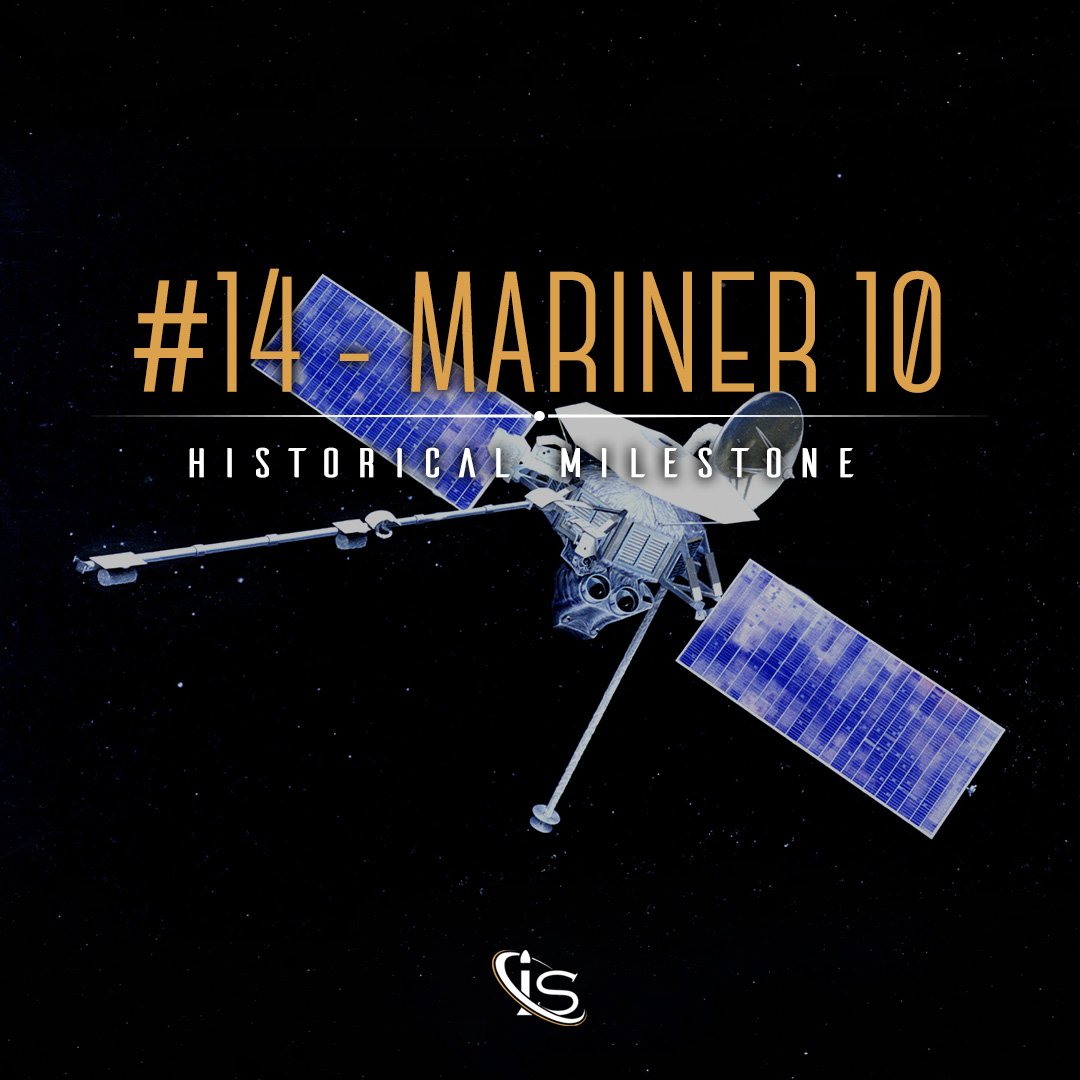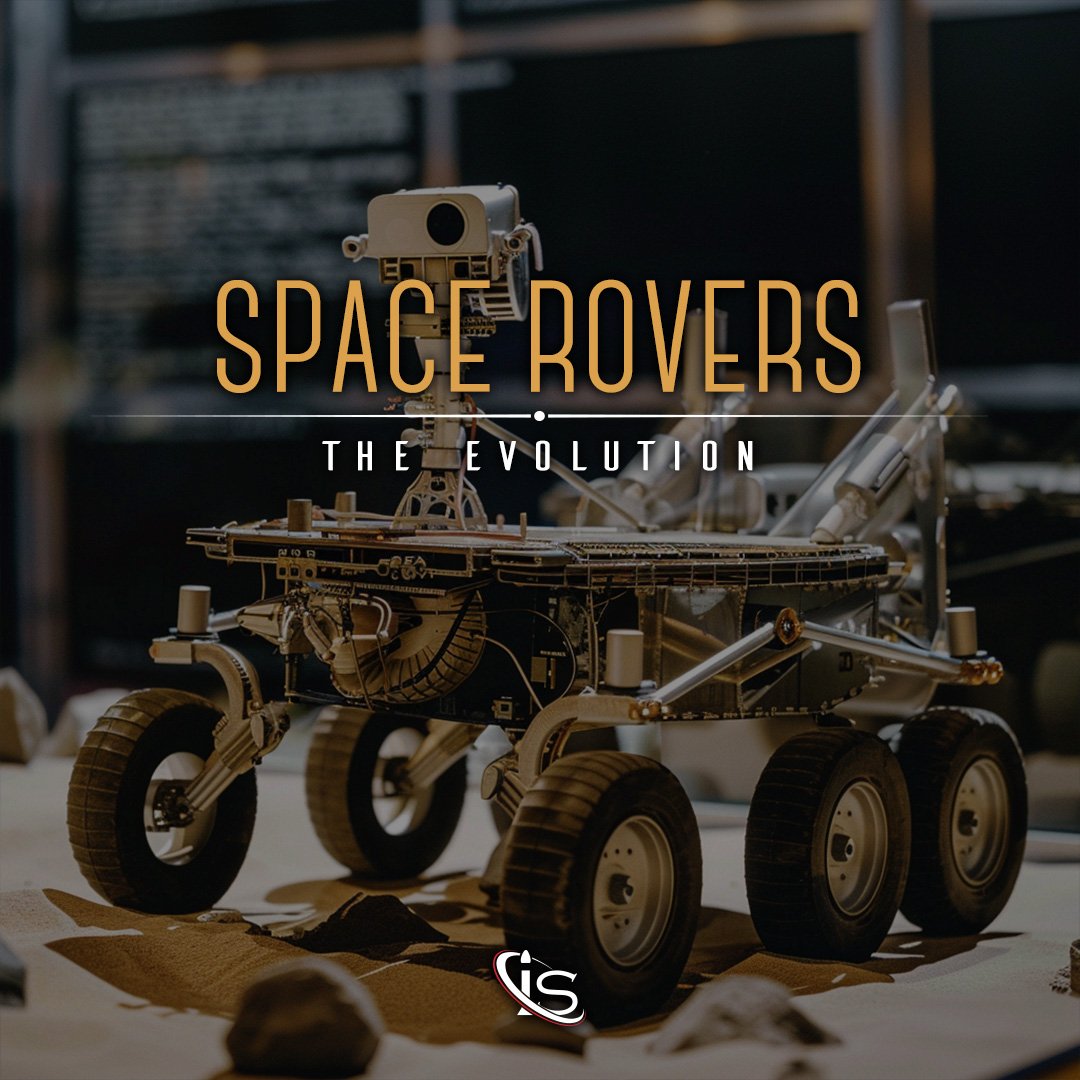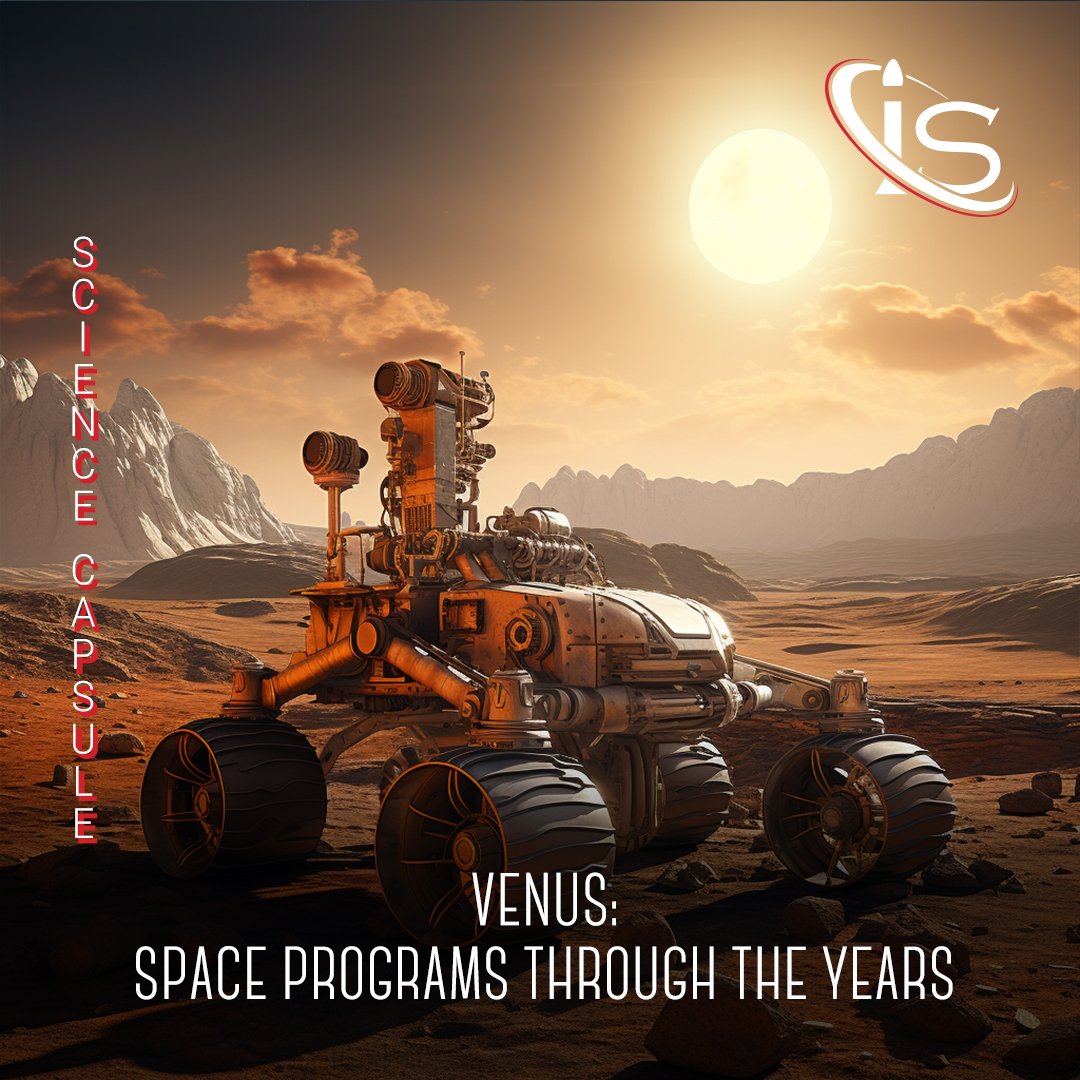A couple capsules ago, we discussed the Moon missions, and how they evolved throughout time. It seems only fitting that we do the same for the second most explored object in our galactic neighborhood, Mars. And while no one has stepped foot on the red planet, yet, that could all be about to change. Just like with the Moon programs, we will not discuss every mission ever centered around Mars. Otherwise, this would go from a science capsule to a doctoral dissertation. Regardless, without further ado, let us get to the Mars missions.
The Mars Program
To start us off, we have probably the blandest name on this list, the Mars Program. Made up of a series of uncrewed launches, this was part of the Soviet Union’s space programs and went from 1960 to 1973. The early missions consisted of small spacecrafts, and all had Molniya rockets as their launcher. That is until 1969, when the failure of two launches led to the Soviet Union switching to the larger Proton-K rocket as the launcher. These new missions now included both an orbiter and a lander, which were part of a heavier 5-ton spacecraft.

However, the orbiter design proved to be unreliable, as it did not have any form of consistency in the equivalent Venus program, Venera, where it was also utilized. Interestingly, this was not the only machine to have reliability problems, as this situation occurred with other Soviet spacecrafts in the late 1960’s and 1970’s. However, the reliability issue was mostly fixed once the focus shifted to fixing old designs, instead of constantly introducing new ones.
Mars 2 and Mars 3
As for some of the most important missions in the Mars program, we have these two: Mars 2 and Mars 3. Again, cannot stress how “creative” some of these names are enough. I only jest, of course. It is important to be specific in science. Then again, calling everything related to the “Mars Program” Mars something is not really that specific. But I digress. These two are significant, because they launched an orbiter and a lander, which became the first ever spacecraft to reach the red planet’s surface.
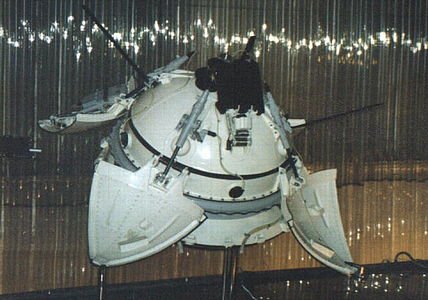
Now, to be more exact, Mars 2’s lander did not really reach the surface. Well, it did, but it had completely broken down by the time it crashed on Mars. Mars 3’s lander, on the other hand, did reach the surface intact. Unfortunately, it still stopped working after only 20 seconds on the planet — likely as a result of the heavy dust storms that were raging there. Still, this orbiter was able to transmit back a portion of the first ever picture of the Martian surface.

The two missions’ orbiters, however, were able to collect some valuable data about the red planet. Data which spanned from December 1971 to March 1972. And with the 60 pictures and data received by these two, surface relief maps of Mars were made for the very first time. Furthermore, these missions provided insights into Mars’s gravity and magnetic fields. And while these never saw action, both Mars 2 and 3 landers had rovers on board. Which brings us perfectly into the next program.
NASA’s Mars Exploration
It is time to talk about the various missions NASA has sent to the red planet. From Mariner 3 and 4 to the Mars Perseverance Rover, this program has been exploring our planetary neighbor for over 50 years. There is a lot to cover here, and, of course, one capsule is not enough. However, let us take a look at some of the highlights.
Mariner 3 and 4
Between the years 1962 and 1973, NASA built 10 separate “Mariner” spacecrafts to explore the inner planets of the Solar System. And while the first mission was to “Earth’s twin”, Venus, Mariner 3 marked the first attempt by the US to have a flyby of Mars. Unfortunately, this spacecraft was not successful in its endeavor. The shroud encasing it on top of its rocket failed to open properly, causing Mariner 3 to never reach its target.
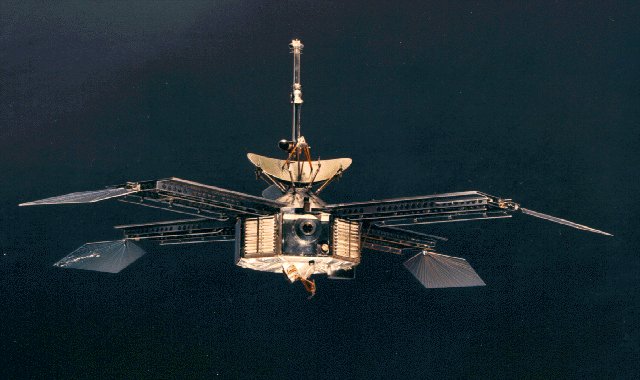
Mariner 4, however, did achieve its objective. On November 28th, 1964, this spacecraft was sent on what would become an 8-month journey to Mars. In fact, it was on July 14th, 1965, that Mariner 4 reached the red planet, capturing the first close-up photos of a planet not named Earth. These pictures included ones of impact craters, which were also being studied on our Moon, at the time.
Mariner 4 would go on to last another 3 years in solar orbit, which was much longer than anticipated. Thanks to this, it was able to continue gathering data on the solar wind environment. It also made coordinated measurements with its program companion, Mariner 5, which was sent to study Venus, in 1967.
Viking 1 & 2
Another milestone was achieved with the Viking Project. On August 20th, 1975, two identical launcher and orbiter spacecrafts were launched by NASA from Cape Canaveral. These were known as Viking 1 and Viking 2. While both orbiter-lander pairs flew together to the red planet, the landers separated once it was time to descend to the surface. And on July 20th, 1976, the Viking 1 lander arrived at the western slope of Chryse Planitia, while the Viking 2 touched down on Utopia Planitia.
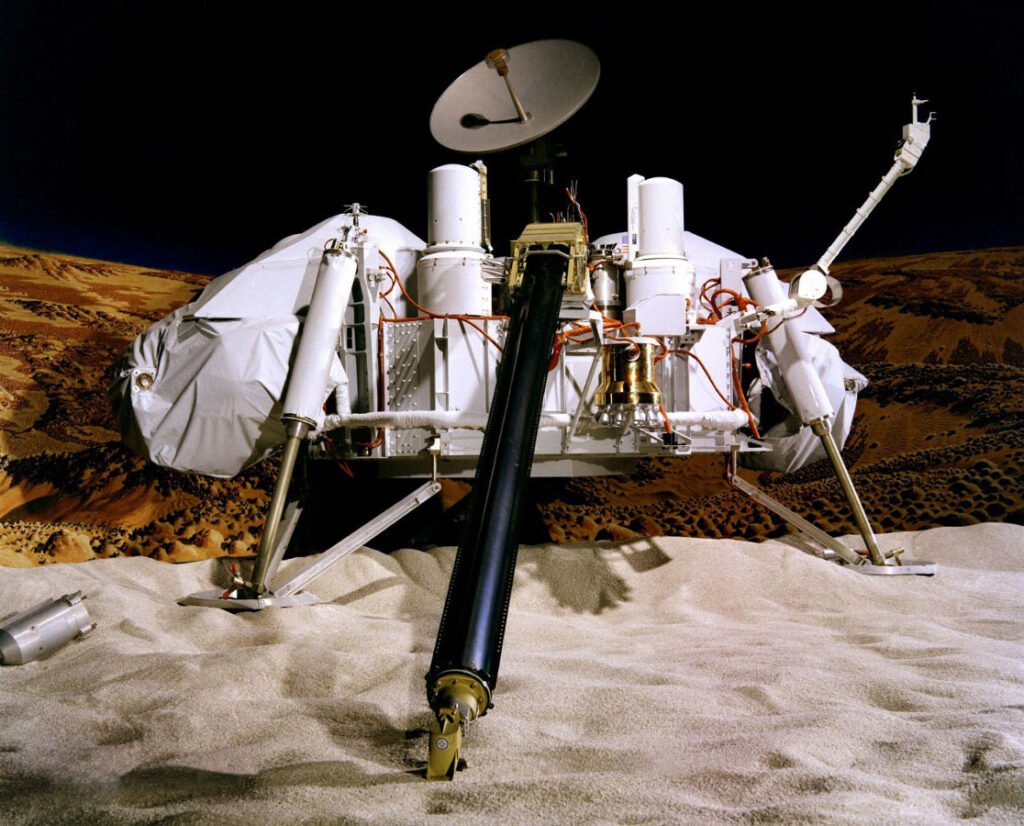
In doing so, these spacecrafts became the first US ones to successfully land on the Martian surface and return images of it. Beyond taking pictures and gathering data, however, these landers also conducted three experiments designed to look for signs of life. While there was some peculiar chemical activity detected, no clear signs of life were picked up. In fact, scientists believe that the conditions on Mars and its soil make it largely impossible for life to grow there.
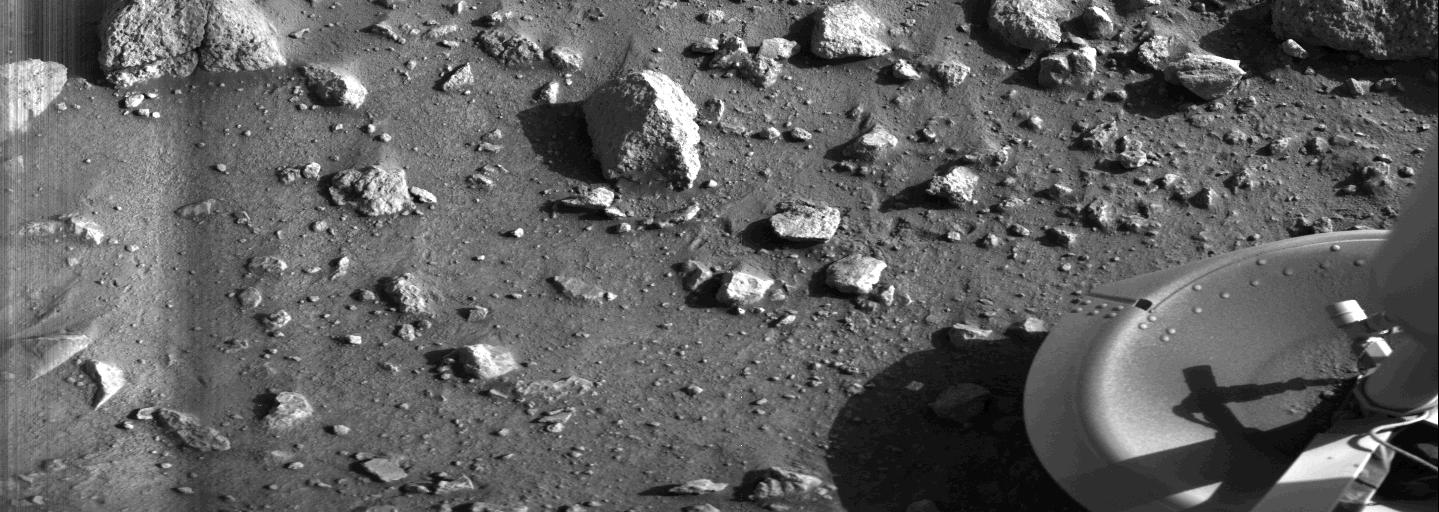
Exceeding Expectations
While the mission was planned for a duration of 90 days — after arriving to Mars — both the landers and orbiters far exceeded that. The Viking 1 orbiter lasted for 4 years, completing 1489 orbits of the red planet, and finishing its mission on August 7th, 1980. The Viking 2 one lasted less time, but still endured until July 25th, 1978. The landers, on the other hand, were powered by radioisotope thermoelectric generators. These are devices that use the heat produced by the decay of plutonium to create electricity. And I hope I was not the only one reminded of Back to the Future here. Regardless, this system allowed them to remain operational until November 11th, 1982, for Viking 1 and April 11th, 1980, for Viking 2.
One More Mission
Full disclosure, it was quite difficult to pick the last mission to discuss for this program. There have been a lot of important ones that all deserve attention. However, I believe that not talking about the most capable rover ever sent to Mars would be a borderline crime. So, that is what we are going to do with this section on the Curiosity Rover. But before we get to that, I have to at least mention one other mission, the 2001 Mars Odyssey. This is a spacecraft that reached Mars on October 24th, 2001, and is still operating there to this day. And, as that makes it the longest-lasting spacecraft at the red planet’s location, it just had to mentioned somewhere in this capsule.
The Curiosity Rover
But now, onto the Curiosity Rover. This incredible machine is part of NASA’s Mars Science Laboratory Mission and was launched on November 26th, 2011, aboard the Atlas V 541. And on August 6th, 2012, the Curiosity Rover landed on the red planet and began its operations. Equipped with a radioisotope tower system, the way it generates power is similar to what the Viking 1 & 2 landers used. In fact, the Curiosity Rover also relies on the energy naturally generated by Plutonium’s decay. And, once again similarly to the Viking landers, Curiosity has already far exceeded its minimum lifespan of one Martian year (687 Earth days), as it is still operational.
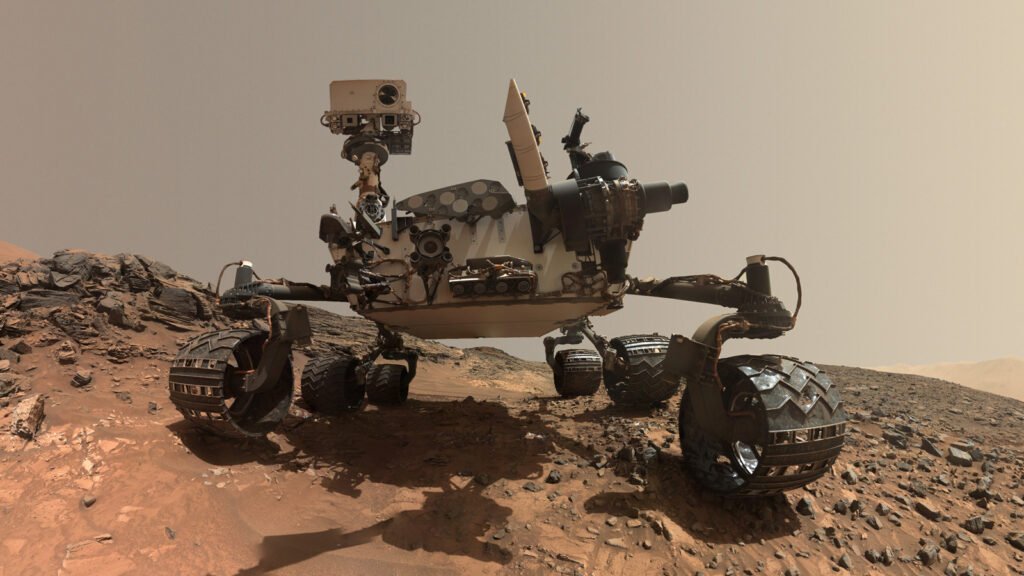
Ongoing Mission
As for this rover’s mission, it set out to answer one question, in particular. Did Mars ever have the right conditions to support life? And thanks to its scientific tools, Curiosity has already found minerals and chemical evidence for past environments that could have sustained microbial life. Furthermore, this rover is continuing its mission by analyzing rock, soil, and air samples from Gale Crater. In particular, it tries to find rocks that have formed in water or have traces of organics. And its thanks to its advanced technology (the most advanced ever sent to Mars) that Curiosity can carry out the complex analyses needed for its mission.
And for one last fun fact about this rover, it was the first to utilize new landing technology. While the spacecraft still descended from orbit to the surface via parachute, it also fired its rockets right before landing. This allowed it to hover and use a tether to place the Curiosity Rover on the ground. Once the rover was on the surface with its wheels, the tether was cut, and the landing system flew away to crash-land at a safe distance.
More to Come
And that will do it for the Mars programs capsule. Of course, there have been many other missions to this planet, some of which are quite noteworthy. And there are a lot of promising ones planned for the future, as well. In particular, the ongoing NASA Mars Exploration ones and SpaceX’s Mars & Beyond Program. However, as I said at the beginning, going over all of these would quickly turn this capsule into a full-blown book. So, with that in mind, I hope you enjoyed your time with us today. Let us know if you would like to learn more about any of the other Mars missions — past, present, or future. And make sure to check back here, at impulso.space, next Wednesday, for a new capsule. “See you” all then.
CREDITS
First mars image
Image Credit: NASA
Viking
Image Credit: NASA
Curiosity
Image credit: NASA
